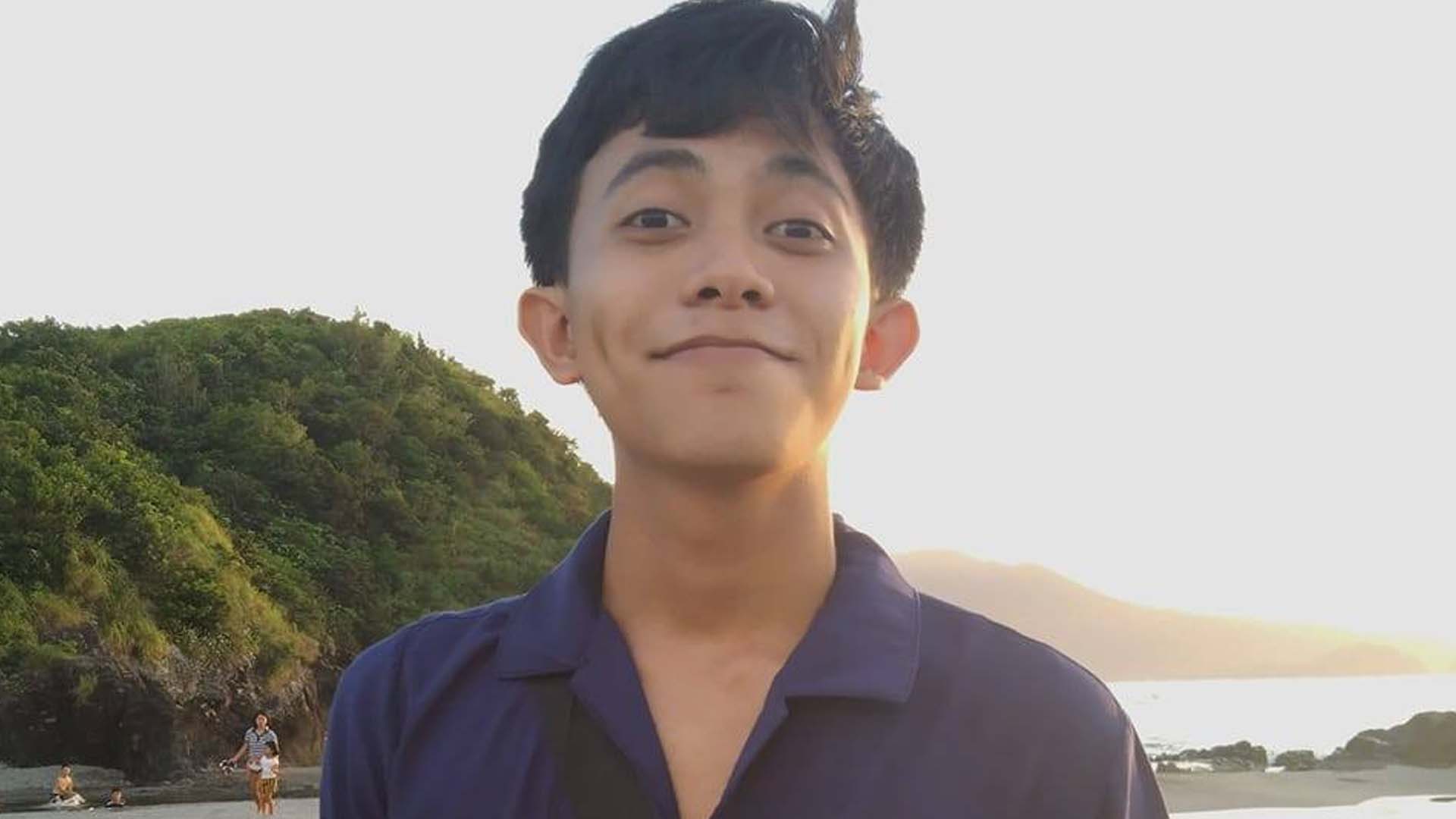Did you also once dream of becoming an astronaut or being in space? In Williams’ case, it’s one step closer to that kind of dream—his own experiment to be in space.
University of the Philippines Los Baños applied physics student William Kevin Abran’s proposed experiment is set to be performed at the International Space Station (ISS) as part of the Asian Try Zero-G (ATZG) 2022 program.
His experiment, Rotation of ‘Dumbbell-shaped’ Objects in Space, is one of the six experiments to be conducted by Japan Aerospace Exploration Agency (JAXA) astronaut and engineer Koichi Wakata in the latter part of 2022.
The experiment would look at the stability of dumbbell-shaped objects in microgravity, which has only two main moments of inertia. If it is proven to be stable, it could be potentially used in designing spacecraft and other materials.
His experiment was introduced as a theme that aims to systematically examine the behavior of rotating objects in orbit and the Dzhanibekov effect by means of two rigid bodies with different centers of gravity.
ATZG 2022 received a total of 201 submissions from 408 students and young engineers and researchers from different countries, such as Australia, Bangladesh, Japan, Nepal, Singapore, Taiwan, Thailand, and the Philippines.
Abran’s experiment was among the 24 international finalists of the ATZG competition. The proposals were evaluated based on scientific significance, novelty, safety, resource requirements, and feasibility.
ATZG is one of the activities of the Kibo-ABC program, which aims to expand the use of the Kibo module on the International Space Station and develop the youth’s understanding of space movements. The Philippine Space Agency led and organized the call for proposals for this year’s ATZG Philippines. They accepted and screened proposals from May 9 to 29 and selected five experiments to enter the final round of evaluation by JAXA experts and astronauts, including Abran’s experiment.
Photo Credit: https://www.facebook.com/william.abran
Source: https://humans-in-space.jaxa.jp/en/biz-lab/news/detail/002331.html, https://www.facebook.com/PhilSpaceAgency








